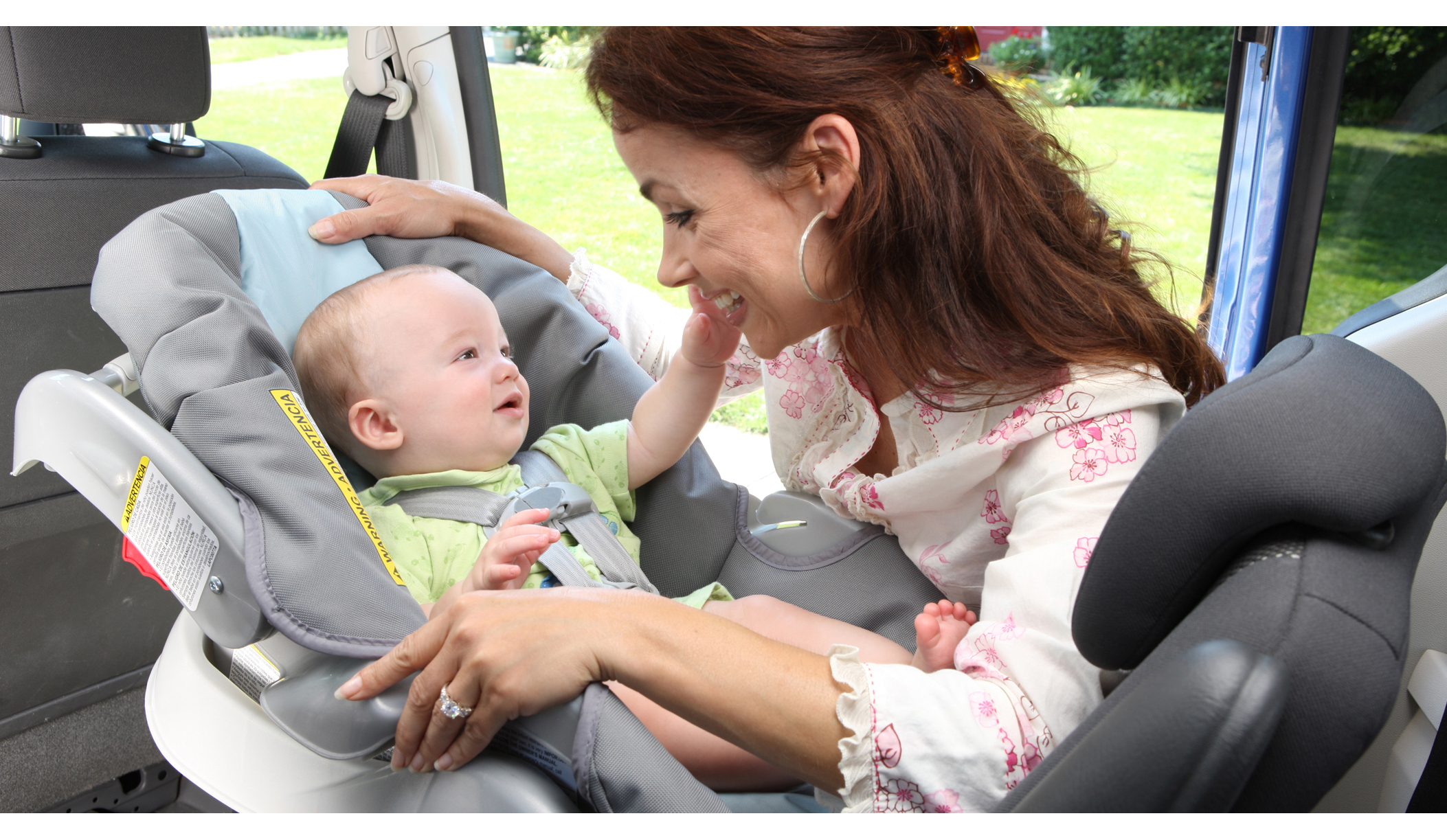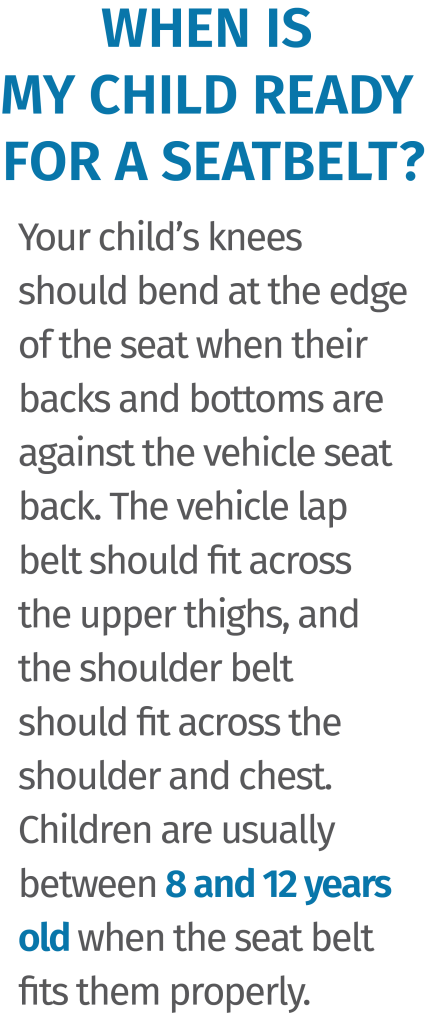
By LAUREN PARKES
Over half a million American children under the age of 12 ride in cars without the protection of required seatbelts, booster seat or safety seat.
The Centers for Disease Control and Prevention (CDC) warns that motor vehicle injuries are a leading cause of death in children in the United States. The CDC found that, in one year, more than 618,000 children ages 0-12 rode in vehicles without the use of a safety seat, booster seat or seatbelt at least one time.

Below, Diana Degroot, MSN, RN, CCRN, Trauma Program Manager at Lakeland Regional Health, talks about the importance of educating parents, grandparents and caretakers on properly securing children in vehicles.
Q. Diana, can you share what Lakeland Regional Health is currently undertaking to increase awareness about injury prevention?
A. LRH participates extensively in local community events and coalitions to share safety information to the community. We offer important free services to the community, such as child passenger safety restraint system installation assistance and car seat checks. If you are interested in scheduling an appointment to have your car seat checked, call Debra Myers, Lakeland Regional Health Trauma Outreach, at 863.284.1882.
Q. Can you share a story that illustrates your work and what you love about it?
 A. It’s a wonderful feeling to know that LRH has made a child safer by helping a caregiver choose and install the proper child passenger restraint system for a child. Parents of newborns and parents-to-be, especially, are often very anxious about whether their child’s car seat is installed properly. Quite frequently, the parents arrive in disagreement about whether the car seat is installed properly. So it is very heartwarming when they leave with smiles of relief and assurance in knowing they have done a good job in choosing the proper seat and installing it correctly.
A. It’s a wonderful feeling to know that LRH has made a child safer by helping a caregiver choose and install the proper child passenger restraint system for a child. Parents of newborns and parents-to-be, especially, are often very anxious about whether their child’s car seat is installed properly. Quite frequently, the parents arrive in disagreement about whether the car seat is installed properly. So it is very heartwarming when they leave with smiles of relief and assurance in knowing they have done a good job in choosing the proper seat and installing it correctly.
Q. What are your top tips for parents when it comes to seatbelt safety?
A. Wear your seatbelt as a good example and make sure you are using the proper child restraint system — in every car, every time, for every ride. The best way you can protect yourself and the passengers in your car is to require that the driver and all passengers wear a seatbelt and all children be secured in the proper restraint for each child’s age, height and weight. The simple act of being properly restrained in the vehicle significantly reduces the risk of fatality and major injury in a car crash.
Reference: www.SafeKids.org
About the Author
Lauren Parkes is Manager of Community Health Outreach for Lakeland Regional Health.
